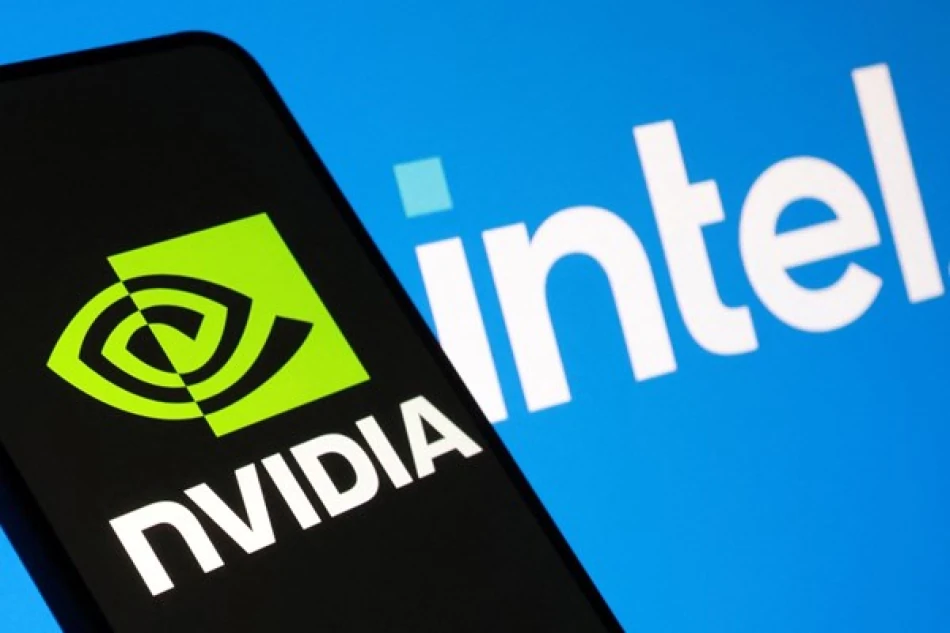
Nvidia Invests $5 Billion in Struggling Intel to Bolster Chipmaking Dominance
Nvidia's $5 Billion Intel Bet Signals Strategic Shift in U.S. Chip Manufacturing
Nvidia's surprise $5 billion investment in struggling chipmaker Intel marks a pivotal moment in the American semiconductor industry, transforming the AI giant into one of Intel's largest shareholders with nearly 4% ownership. The deal comes just weeks after the White House orchestrated its own massive stake in Intel, suggesting a coordinated effort to revitalize America's chip manufacturing capabilities amid intensifying global competition.
A Partnership Born from Necessity
The investment represents more than financial backing—it's a strategic alliance that could reshape the competitive landscape. Under the new agreement, Intel and Nvidia will jointly develop personal computers and data center chips, combining Intel's manufacturing expertise with Nvidia's AI dominance.
This collaboration addresses a critical weakness in Nvidia's business model: its heavy reliance on Taiwan Semiconductor Manufacturing Company (TSMC) for chip production. By partnering with Intel, Nvidia gains access to domestic manufacturing capacity while Intel secures a high-profile customer for its foundry services.
Government Orchestration Behind the Scenes
The timing of this deal is no coincidence. The federal government's recent acquisition of a substantial Intel stake through the CHIPS Act funding appears to have paved the way for Nvidia's investment. This coordinated approach mirrors strategies employed by other nations seeking to strengthen their semiconductor sovereignty.
Echoes of Global Chip Nationalism
Similar government-industry partnerships have emerged worldwide. South Korea's support for Samsung's foundry ambitions, Japan's collaboration with TSMC on domestic facilities, and the EU's European Chips Act all reflect the same strategic imperative: reducing dependence on concentrated Asian production.
Market Implications and Investor Outlook
For investors, this deal signals several important shifts. Intel's transformation from a CPU-focused company to a comprehensive foundry service provider gains credibility with Nvidia's backing. The partnership also suggests Nvidia is preparing for potential supply chain disruptions that could affect TSMC operations.
The 4% stake gives Nvidia significant influence over Intel's strategic direction without triggering regulatory concerns about market concentration. This measured approach allows both companies to maintain their independence while capturing synergies.
Technical Convergence and Innovation Potential
The joint development of PC and data center chips represents a convergence of two previously distinct markets. As AI workloads increasingly require specialized silicon, the boundary between traditional CPUs and AI accelerators continues to blur.
Intel's manufacturing capabilities, particularly its advanced packaging technologies, could prove crucial for Nvidia's next-generation designs. Meanwhile, Nvidia's software ecosystem and AI expertise offer Intel a pathway to higher-margin, specialized chip markets.
Challenges and Execution Risks
Despite the strategic logic, significant challenges remain. Intel's foundry services have struggled to match TSMC's yield rates and process technology leadership. Nvidia's investment success depends heavily on Intel's ability to execute its manufacturing roadmap and deliver competitive processes.
The partnership also raises questions about intellectual property sharing and potential conflicts with other Intel customers who compete with Nvidia in AI and graphics markets.
Most Viewed News

 Layla Al Mansoori
Layla Al Mansoori






